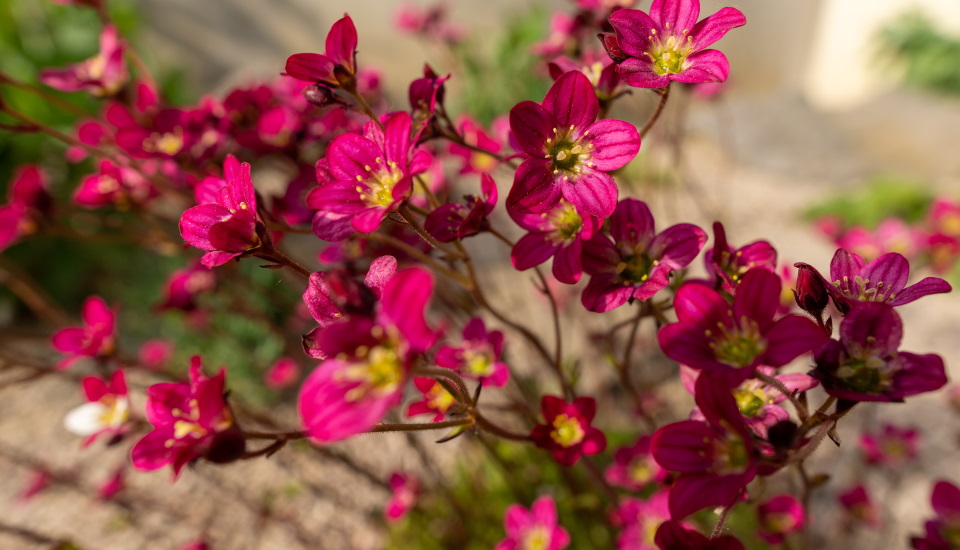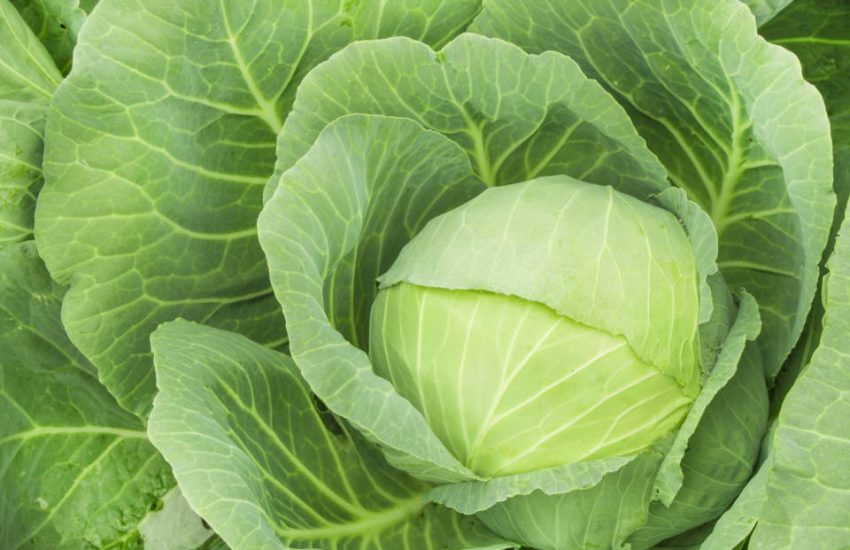Mossy Saxifrage (Saxifraga x Arendsii): How to Grow & Care
Are you looking for a plant suitable to grow in a shady garden? Then mossy saxifrage, whose scientific name is saxifrage x arendsii, is for you. Mossy saxifrage is recognized as a classic among rock garden plants and decorates many dry-stone walls and stone beds. This article will provide more information about them and how you can grow and care for them in your garden.
What is Mossy Saxifrage (Saxifraga x Arendsii)
Mossy saxifrage (Saxifraga x arendsii) is a catch-all term for various saxifrage hybrids. The first hybrids were created in Georg Arends’ nursery, a well-known German plant cultivator and gardener. Meanwhile, there are so many hybrids that are roughly divided into selections, making a clear assignment difficult. However, the Irish saxifrage (Saxifraga rosacea) and the mossy saxifrage are the two most common parent species of the mossy saxifrage (Saxifraga hypnoides). Botanically, they are all members of the saxifrage family (Saxifragaceae).
Features of Mossy Saxifraga
The evergreen mossy saxifrage can reach a height of 20 centimeters (8 in) and produces decorative, soft-leaved leaf rosettes. It spreads by runners and side shoots, forming dense cushions over time. The leaf rosettes are made up of pinnate leaves that are thick and pale green. These reach a maximum length of 5 centimeters (2 in).
The Saxifraga x arendsii blooms in late spring or early summer. May and June are prime months for blooming. The small, cup-shaped flowers are arranged in clusters on the stems and hang high above the leaves. They can come in a wide range of colors, including white, yellow, purple, and even deep red. The ones that change color, fade, or darken over time are especially stunning.
How to Grow and Care for Mossy Saxifrage (Saxifraga x arendsii)

Location: Saxifraga arendsii prefers to grow in partially shady to shady garden locations. Some varieties require a little more light, but they should be placed in a sunny spot with no direct sunlight.
Soil: The Saxifraga x arendsii requires a high level of permeability. Therefore, it is best to plant it in fresh, sandy, gravelly soil that is not overly dry.
Planting: From spring to autumn, mossy saxifrage can be planted. The recommended planting distance varies greatly depending on the variety; therefore, it is best to follow the instructions on the plant label.
Watering: Most Saxifraga arendsii hybrids prefer moist soil; you should water them regularly, especially during long dry periods. Water your plants from below, never from above. Water can accumulate in the rosettes, causing rotting and fungal diseases. A permanently damp substrate, or even waterlogging, must be avoided. During planting, it is best to mulch the area with bark mulch, gravel, or something similar to keep the soil from drying out too quickly and require less watering. Water is usually required if the mossy saxifrage leaves hang down. Healthy plants recover quickly after watering and are not harmed.
Conclusion
We hope this article helps you understand the basics of the plant mossy saxifrage. Remember, all plants have their own needs, so it is important to understand their needs first, so you can care for them better. If you answer your plant’s needs, they will be at their healthiest and answer to your care with their beauty.


